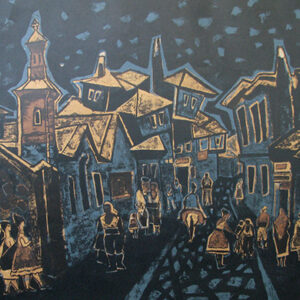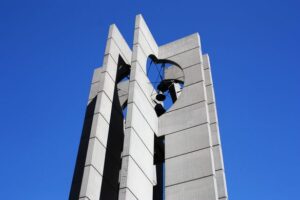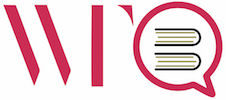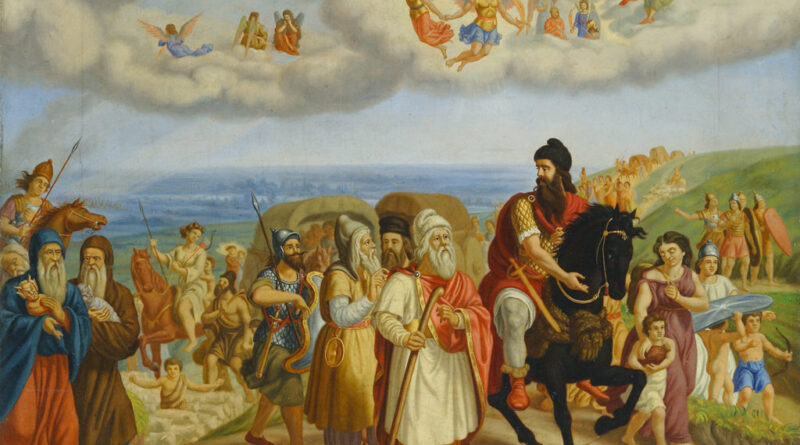The Top Three Art Museums in Sofia, Bulgaria
Renowned for its history, culture, and artistic heritage, Sofia, the capital city of Bulgaria, houses a treasure trove of masterpieces and significant works of art. Its many art museums and galleries are an ode to the region’s rich artistic traditions, presenting a blend of Eastern and Western influences, as well as contemporary and classical styles. Among them, three art museums stand out: The National Art Gallery, The Sofia City Art Gallery, and The Museum of Socialist Art.
The National Art Gallery
Occupying the former royal palace, The National Art Gallery is arguably the most important art institution in Bulgaria. Founded in 1948, the gallery’s prestigious status stems from its vast and diverse collection of over 50,000 pieces of Bulgarian art.
The National Art Gallery holds a selection of works from the Middle Ages to the present, including significant examples of iconography, one of the most influential styles in Bulgarian art history. Some of the most noteworthy pieces include Zahari Zograph’s “Transfiguration” and the “Triptych of Tsar Ivan Alexander.”
The contemporary art section hosts works from prominent Bulgarian artists of the 20th and 21st centuries, such as Zlatyu Boyadzhiev, Ivan Milev, and Dechko Uzunov. The gallery’s expansive halls, combined with the sheer magnitude and diversity of its collection, make it an absolute must-visit for art lovers in Sofia.
The Sofia City Art Gallery
 The Sofia City Art Gallery, founded in 1928, is one of the city’s premier institutions for contemporary art. Situated in the center of Sofia, the gallery focuses on the development and presentation of Bulgarian art from the 20th and 21st centuries.
The Sofia City Art Gallery, founded in 1928, is one of the city’s premier institutions for contemporary art. Situated in the center of Sofia, the gallery focuses on the development and presentation of Bulgarian art from the 20th and 21st centuries.
The gallery’s permanent collection encompasses around 3,500 works, showcasing the various stages of artistic development in Sofia and Bulgaria. Highlights include pieces by illustrious artists like Ivan Nenov, Anton Mitov, and Nikola Tanev.
In addition to its permanent collection, The Sofia City Art Gallery is known for its vibrant program of temporary exhibitions. It plays a significant role in promoting Bulgarian art, hosting several prominent local and international art events, including the Sofia Paper Biennial.
The Museum of Socialist Art
In contrast to the traditional art museums, The Museum of Socialist Art presents a different, politically-charged period of Bulgaria’s history. Inaugurated in 2011, this unique museum explores the era of socialism in Bulgaria, offering an important lens into the past.
The museum’s outdoor sculpture park is particularly striking, featuring dozens of statues and busts of prominent figures from the socialist period, including Lenin, Stalin, and Dimitrov. Inside, the gallery’s collection encompasses over 700 items, primarily paintings and works of graphic art, reflecting the official aesthetic of the period and the ideology of the time.
The Museum of Socialist Art provides an enlightening juxtaposition to Sofia’s other art institutions, portraying the influence of politics on art and culture, and giving insight into a significant era of Bulgarian history.
Four significant Bulgarian pieces of art
The Rila Monastery Frescoes
The Rila Monastery, a UNESCO World Heritage Site, is one of the most important cultural, historical, and architectural monuments in Bulgaria. It is home to an impressive collection of frescoes painted by the renowned Bulgarian artist Zahari Zograf in the mid-19th century. These frescoes are a significant contribution to the Bulgarian National Revival period in art and culture. The frescoes depict biblical scenes and figures, saints, and Bulgarian historical events, reflecting the spiritual and cultural aspirations of the Bulgarian people during this period.
The Thracian Tomb of Kazanlak
The Thracian Tomb of Kazanlak, another UNESCO World Heritage Site, is a significant piece of Bulgarian art from the Hellenistic period. The tomb, discovered in 1944, is adorned with murals representing a Thracian couple at a ritual funeral feast. The murals are a masterpiece of Thracian art, providing valuable insights into the life and beliefs of the Thracians, an ancient people who inhabited parts of what is now Bulgaria. The tomb’s architectural decor, the composition of the scenes, and the harmony of the colors are a testament to the high level of culture and craftsmanship achieved by the Thracians.
The Bells Monument
 The Bells Monument, also known as the Park-Monument of the Bulgarian-Soviet Friendship, is a unique piece of Bulgarian art. It was built in 1979 to commemorate the International Year of the Child. The monument consists of a collection of bells donated by countries from around the world, symbolizing the unity and friendship of nations and the aspiration for peace. The monument’s architectural design, the symbolism of the bells, and the panoramic view of Sofia from the monument make it a significant piece of Bulgarian art.
The Bells Monument, also known as the Park-Monument of the Bulgarian-Soviet Friendship, is a unique piece of Bulgarian art. It was built in 1979 to commemorate the International Year of the Child. The monument consists of a collection of bells donated by countries from around the world, symbolizing the unity and friendship of nations and the aspiration for peace. The monument’s architectural design, the symbolism of the bells, and the panoramic view of Sofia from the monument make it a significant piece of Bulgarian art.
The Art of Vladimir Dimitrov – The Master
Vladimir Dimitrov, known as The Master, is one of the most famous Bulgarian painters. His works are characterized by a unique style that combines elements of Symbolism, Expressionism, and Fauvism. His paintings often depict Bulgarian rural life and landscapes, as well as themes of motherhood and national identity. His works, such as “Harvest” and “The Breadwinner,” are considered iconic pieces of Bulgarian art. The Master’s unique style, his innovative use of color, and his ability to capture the spirit of Bulgaria in his paintings have earned him a place among the most important Bulgarian artists.




